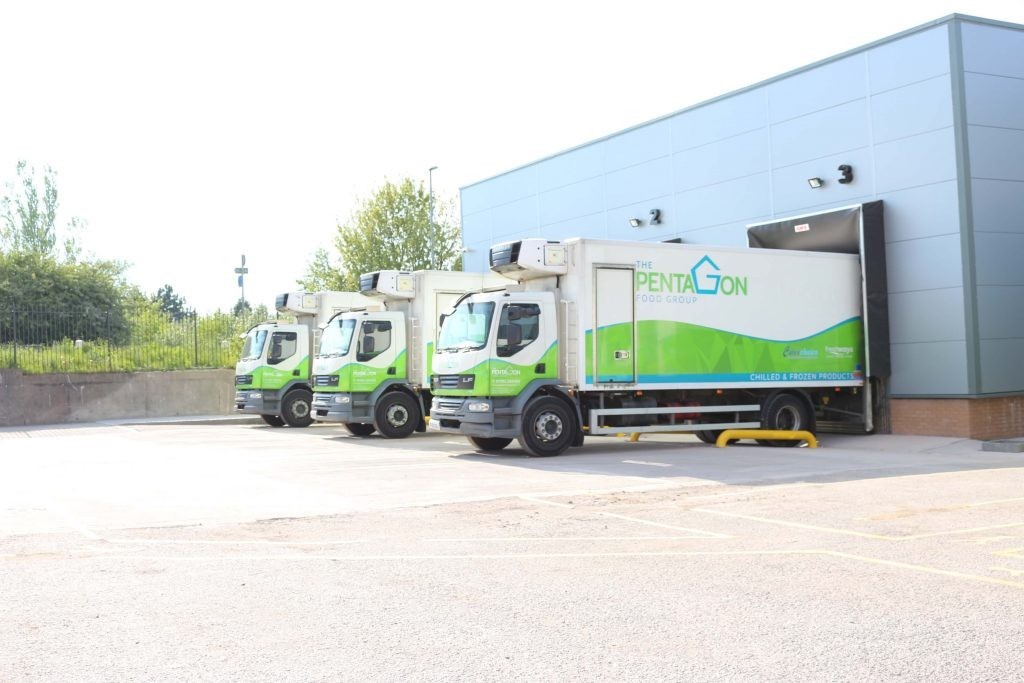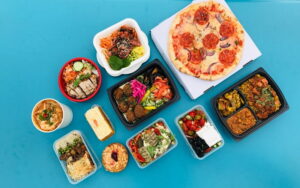The demand for temperature-controlled delivery services has grown significantly as businesses seek reliable ways to maintain food quality during transportation. Proper temperature control is crucial to prevent food from spoiling or losing its freshness and flavor while in transit. When these elements aren’t carefully managed, there’s a risk of contamination and foodborne illnesses, which can harm both customers and businesses. This blog will discuss the importance of temperature-controlled delivery, outline the benefits it provides, and share best practices to ensure that food reaches its destination safely and in optimal condition.
The Need for Temperature-Controlled Delivery
Temperature-controlled delivery is crucial because it ensures food safety and quality. When food is transported, keeping it at the correct temperature prevents harmful bacteria from growing and causing spoilage. If the temperature is too high or too low, the food can become unsafe to eat, leading to foodborne illnesses. Additionally, improper temperature control can make food lose its taste and texture. To prevent these risks, there are strict industry standards and regulations that companies must follow to ensure food is delivered safely. These rules help ensure that food arrives fresh and safe, protecting both businesses and consumers.
Benefits of Temperature-Controlled Delivery
Temperature-controlled delivery offers several benefits that make it essential for transporting food safely.
- It helps ensure food safety by keeping it at the correct temperature, which reduces the risk of foodborne illnesses. When food is kept too warm or too cold, harmful bacteria can grow, leading to contamination. By maintaining the right temperature, these risks are minimized.
- Temperature-controlled delivery is crucial for preserving food quality. It keeps food fresh, retaining its taste, texture, and appearance during transportation. This is important because no one wants a meal that’s lost its flavor or has an unappealing look.
- Customer satisfaction is another major benefit. When food arrives in great condition, fresh, tasty, and safe, it meets or even exceeds customer expectations. Happy customers are more likely to order again and recommend the service to others.
- Finally, temperature-controlled delivery can boost a brand’s reputation. When a business consistently delivers high-quality food that’s safe to eat, it earns a positive image among customers. This strong reputation can lead to more business, as people tend to trust and choose brands known for quality and reliability.
Best Practices for Temperature-Controlled Delivery
To ensure successful temperature-controlled delivery, businesses need to follow several best practices.
First, they must use the right equipment and technology, such as insulated packaging and temperature-controlled delivery vehicles. These tools help keep food at the correct temperature during transit.
Next, monitoring systems are crucial; temperature sensors and real-time tracking allow companies to check and adjust temperatures as needed, ensuring consistent control.
Staff training and clear procedures are also essential. Employees must know how to handle and deliver temperature-sensitive foods properly, reducing the risk of errors that could compromise safety and quality. Finally, businesses must comply with regulations that govern Food Safety during delivery. These rules are in place to ensure that food is transported safely and that customers receive high-quality, safe products. By following these best practices, companies can maintain the integrity of their temperature-controlled deliveries.
Future Trends in Temperature-Controlled Delivery
The future of temperature-controlled delivery is set to be transformed by emerging trends and technologies. Drones are becoming a popular choice for food delivery due to their speed and direct routes, which help keep food fresh by reducing transit time. Similarly, automated delivery systems, such as robots and self-driving vehicles, offer reliable and consistent service. These systems can be programmed to maintain specific temperatures, ensuring that food stays within safe limits.
Advanced temperature-monitoring technology is also on the rise, allowing businesses to track temperatures in real-time and adjust as needed, further reducing the risk of spoilage. These innovations are paving the way for safer and more efficient temperature-controlled delivery, ultimately benefiting businesses and customers alike by enhancing food safety, quality, and customer satisfaction. As these trends continue to evolve, they are likely to play a key role in shaping the future of food delivery.
Read More: The Art of Menu Planning: Tips for Restaurants
Conclusion:
In conclusion, temperature-controlled delivery is essential for maintaining food quality, safety, and customer satisfaction. Throughout this blog post, we’ve explored why keeping food at the correct temperature during transit is critical to preventing spoilage and foodborne illnesses. Businesses need to adopt best practices, such as using the right equipment, monitoring systems, and staff training, while complying with industry regulations.
As we wrap up, I encourage you to think about how temperature-controlled delivery could impact your food delivery operations. If you have any questions or need assistance with temperature-controlled delivery solutions, please don’t hesitate to reach out. Together, let’s work towards delivering safe, high-quality food that meets and exceeds customer expectations.






